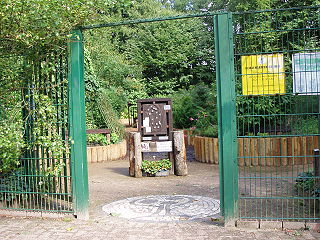
A sensory garden is a self-contained garden area that allows visitors to enjoy a wide variety of sensory experiences. Sensory gardens are designed to provide opportunities to stimulate the senses, both individually and in combination, in ways that users may not usually encounter.
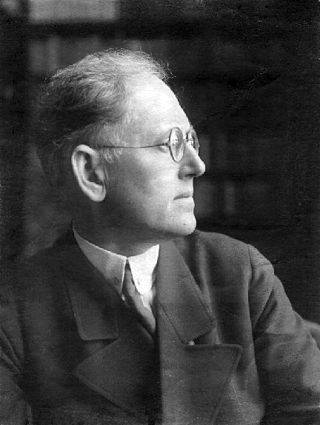
Paul Schultze-Naumburg was a German traditionalist architect, painter, publicist and author. A leading critic of modern architecture, he joined the Nazi Party in 1930 and became an important advocate of Nazi architecture.

Eltville am Rhein is a town in the Rheingau-Taunus-Kreis in the Regierungsbezirk of Darmstadt in Hesse, Germany. It lies on the German Timber-Frame Road.

Geisenheim is a town in the Rheingau-Taunus-Kreis in the Regierungsbezirk of Darmstadt in Hessen, Germany, and is known as Weinstadt, Schulstadt, Domstadt and Lindenstadt.
Hugo Kükelhaus was a German carpenter, writer, pedagogue, philosopher and artist. Kükelhaus is best known for his infant toys "allbedeut" and the "Erfahrungsfeld zur Entfaltung der Sinne." Throughout his life, he presented his views for a human-scaled living environment in talks and publications. He is also regarded as a harbinger for infant toy designs that fulfil the requirements of pedagogy and developmental psychology. He gained international recognition for his design of 30 "Experience stations" at the German Pavilion of the Expo 1967 in Montreal. His ideas are relevant for contemporary theories of intelligence, educational technology and the design of learning environments.

Dotzheim is a western borough of Wiesbaden, capital of the state of Hesse, Germany. It is the second largest borough of the city by area and, with over 27,000 inhabitants the second-most populated of Wiesbaden's suburban boroughs. It was the largest village in the former Duchy of Nassau. The formerly independent village was incorporated into Wiesbaden in 1928.

Bergpark Wilhelmshöhe is a landscape park in Kassel, Germany. The area of the park is 2.4 square kilometres, making it the largest European hillside park, and second largest park on a hill slope in the world. Construction of the Bergpark, or "mountain park", began in 1689 at the behest of the Landgraves of Hesse-Kassel and took about 150 years. The park is open to the public today. Since 2013, it has been a UNESCO World Heritage Site because of its monumental Baroque architecture and its unique fountains and water features.
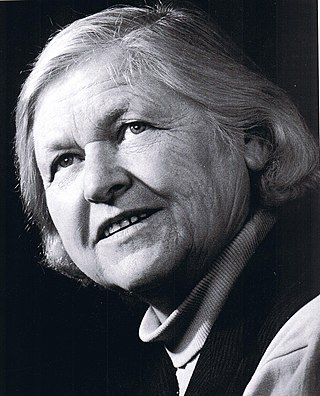
Margret Hofheinz-Döring was a German painter and graphic artist.

The Hessian Ludwig Railway or HLB with its network of 697 kilometres of railway was one of the largest privately owned railway companies in Germany.
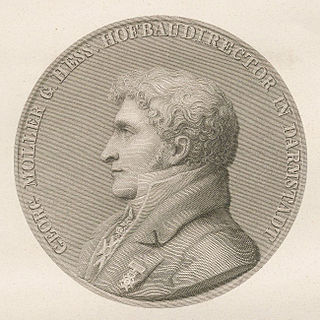
Georg Moller was an architect and a town planner who worked in the South of Germany, mostly in the region today known as Hessen.
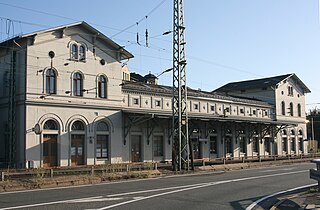
Rüdesheim (Rhein) station is in the town of Rüdesheim am Rhein in the German state of Hesse on the East Rhine Railway. It is on the western edge of the town, separated from the Rhine only by federal highway B 42. The entrance building is a double storey stucco building in a neoclassical style. It is now one of the cultural monuments listed in the UNESCO World Heritage Site of the Upper Middle Rhine Valley. The station is classified by Deutsche Bahn as a category 5 station.

Lindheim Castle is a former medieval castle in Lindheim, in the municipality of Altenstadt, Wetteraukreis county, in the German state of Hesse. In the Middle Ages the castle became a large joint inheritance or Ganerbschaft of lesser noble families, who were an important local power in the eastern Wetterau. In 1697, stately home, Schloss Lindheim, was built. Only a few remnants of both buildings have survived today.

Schloss Seehof is a Schloss (palace) in Memmelsdorf, Bamberg, Germany. It was built from 1684 to 1695 as a summer residence and hunting lodge for Marquard Sebastian Schenk von Stauffenberg, Prince-bishop of Bamberg.
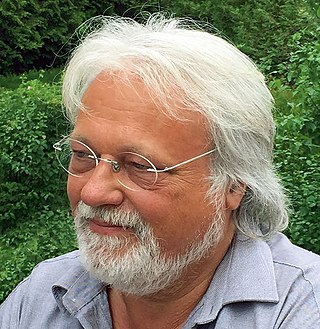
Michael Post is a German painter, Object artist and curator. He is an exponent of concrete art.
Achim Zeman is a German painter and installation artist. He is known for his extensive spatial installations that stretch across walls and floors and challenge our perception: "Verunsicherung der Betrachterposition, Irritation des Raumgefühls, Desorientierung – all das sind mögliche Umschreibungen für die Wirkung, die Achim Zeman mit seinen installativen Arbeiten erzielt.“ The space altered by Zeman's painterly interventions not only reflects the increasing insecurity experienced by society in recent years, but also enables viewers - precisely because the irritation is caused by artistic, aesthetic means - to engage with it in the first place and to experience uncertainty and changes in perspective not as threatening, but as inspiring.
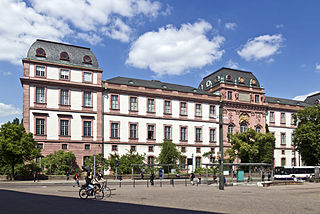
The Residential Palace Darmstadt is the former residence and administrative seat of the landgraves of Hesse-Darmstadt and from 1806 to 1919 of the Grand Dukes of Hesse-Darmstadt. It is located in the centre of the city of Darmstadt. The palace consists of an older Renaissance part and an 18th century Baroque part.

Buchenau is a district of the market town Eiterfeld in the district of Fulda and has around 350 inhabitants.

The Erfahrungsfeld zur Entfaltung der Sinne is an interactive exhibition that stimulates all the senses, designed by Hugo Kükelhaus. The different exhibits are intended to inspire the visitor to experiment with them, to explore them, like in a park of the senses or a science center. Kükelhaus constructed 32 pieces of playground equipment for schools in the city of Dortmund and demonstrated some of these equipment at the Expo 67 world exhibition in Montreal. His holistic concept for a large open-air exhibition was shown in the exhibition Phenomena, shown in Rotterdam, South Africa, and Bietigheim, among others.
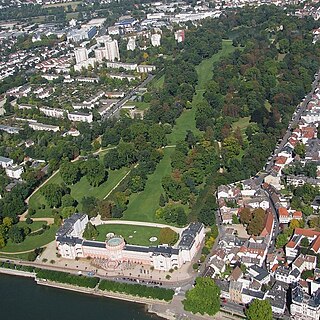
The Schlosspark Biebrich is a park at Schloss Biebrich in Wiesbaden-Biebrich, Hesse, Germany. First designed as a French formal garden, it was expanded changed to an English landscape garden and expanded 1817 to 1823, the last project of Friedrich Ludwig von Sckell. The public park extends north of the building in the valley of the Mosbach creek for around 1,200 m and is 250 m wide. It is the venue for the annual horse show Internationales Pfingstturnier Wiesbaden.


















